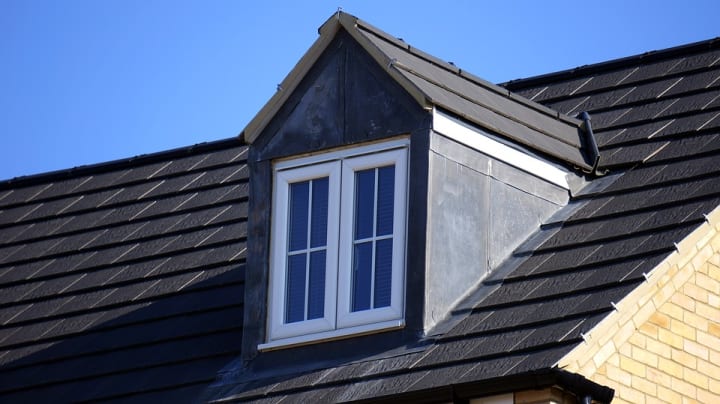How to Deal With Roof Issues
Tips for Effectively Dealing with Roof Issues on Your Own

Keeping your roof in good shape is one of the most important activities when maintaining your home. A leaky roof spells disaster, and very soon at that. Anything, from flooding to foundation damage can occur when your roof is in bad shape. This can not only ruin your home, it can cause severe financial expenses down the line. Below you can find some things you have to do on a regular basis if you want to keep your roof in tip-top shape.
Work on your flashings
Flashings are the part of your roof that surrounds the seams around your chimney, skylights, and other weaker areas where water can leak through. They give some extra protection here, saving them from the elements. Get roof fasteners, tighten the flashings, seal any holes you see with roof cement. Inspect the caulk around these areas, see if needs to be replaced as well.
And of course, if you see heavy rust and corrosion on your flashings, then it’s pretty obvious that you need to replace it post-haste. Know that sometimes different materials are used on the same roof, as far as flashing is concerned. For example, galvanized steel is the best choice, but sometimes lead is used for odd angles and places where softer metal is needed. So, just because one area is rust free, doesn’t mean the rest isn’t.
Clean your gutters
Keeping your roof in shape also means inspecting the gutters. Namely, gutters move rainwater and detritus away from your roof and your foundations, and channel them into the sewers. The problem here is that if they get blocked and start overflowing, they can severely damage your home. The water can either pool on the top of your roof, or it can seep into your foundations. Heavier storms and weather events can cause greater accumulation of water, which can then cause flooding in your basement.
In order to prevent this from happening, you need to regularly clean and inspect your gutters. These issues are most commonly caused by leaves or other detritus clogging up your gutters. So, get a good, sturdy ladder, some gloves, a garden trowel or a power washer, and remove all the gunk you see. Try to do this once a month, or after every serious storm.
You will also need to inspect your gutters twice a year, or sometimes more if you suffered a very serious winter. Namely, gutters are built to last, but they can still get damaged. Very low temperatures can cause cracks to form, both in the actual gutters, and in the fastenings and items that keep it all together. We suggest you get some good spare parts from a good company, like Interline Manufacturing, and replace any clip straps, over straps, external brackets, stop ends, downpipe drops, and whatever else looks worn and damaged.
Inspect your covering
You should also inspect your roof and see if there are any shingles missing. However, don’t stop there. You also need to inspect them for cracks, holes or basically any kind of damage. Is there any discoloration present, or perhaps signs of wear and loss of grain? Remove any suspicious shingles and replace them with new ones. Use the right roofing nails to keep them in place, and add caulk and roof cement to give them some extra protection. Now, if you are using wooden shingles, then you have to inspect them for rot or mold. Metal shingles might be getting rusty, or they might be warping or curving.
On the other hand, if you are not using shingles, but actually have a flat roof, you need to regularly mop it, and patch up any holes you notice. Just remember to stay safe, stick to a ladder you trust, and don’t do any roof work in harsh weather.
Conclusion
Probably the most important aspect of inspecting your roof is that you should just do it regularly. Regular maintenance helps you notice issues that are easy to fix, issues that if left unchecked will require professional assistance. So, remember to regularly inspect your roof, replace your shingles, and clean out your gutters. Inspect your flashings and see if there is any corrosion or damage, and try to keep your flat roof dry.







Comments
There are no comments for this story
Be the first to respond and start the conversation.